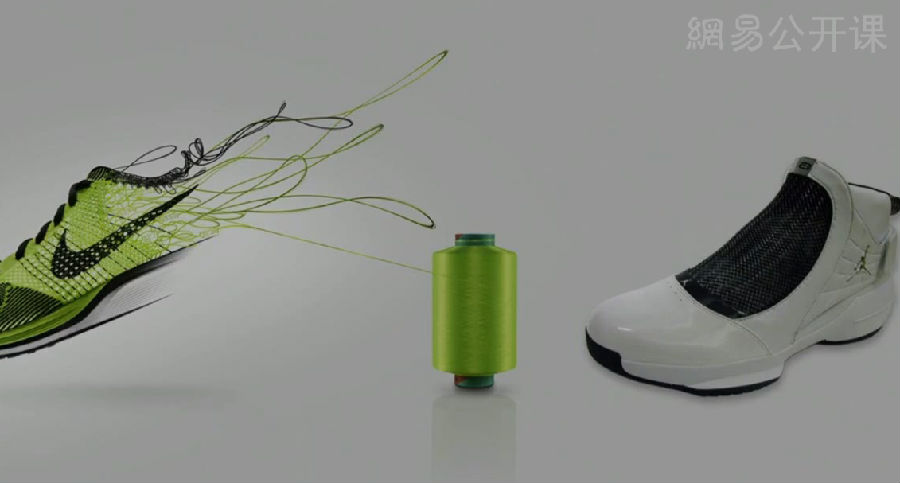If there's a building down the block which is being demolished, are there materials there that the new building being built here can use?

and then turn it into about 400,000 tons of ethanol, which is equivalent to basically powering 250,000, or quarter of a million, cars for a year.











